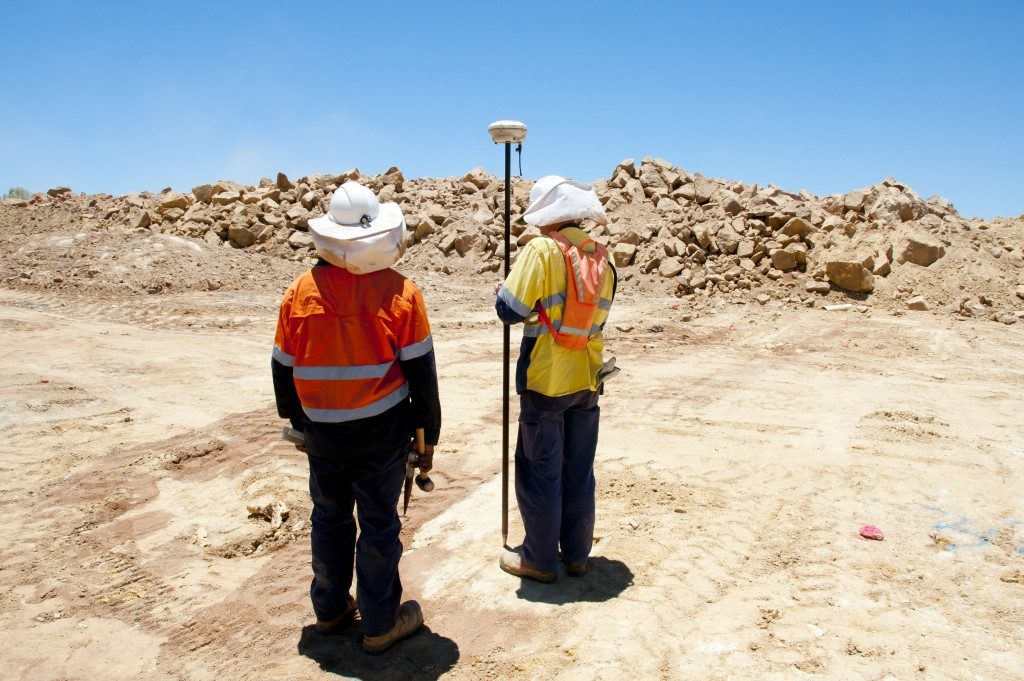New Zealand’s mined natural resources include limestone, serpentine, salt, aggregate, clay, pumice, dolomite, gold, silver, bentonite and coal. The variety of minerals is a result of tectonic activity, with the country located on the edge of the Ring of Fire. New Zealand has 18 open cast coalfields in Waikato, Otago, Southland and the West Coast.
Whether working in a quarry or down a mineshaft, the conditions are not easy. In poorer countries, mines are often unregulated with few safety precautions in place, leading to horrendous accidents and leaving an appalling environmental legacy. Thankfully, New Zealand has some of the strictest mining safety policies in the world.
As well as the moral obligation of an employer to provide a safe working environment, any negligence identified by government health and safety officers can result in a hefty financial penalty, and even shut down the quarry. However, despite a mining company’s standard operating procedures complying with strict government regulations for worker welfare, health and safety hazards are unavoidable.
One of the most basic safety requirements for people working in these conditions is visibility. With workers operating heavy plant equipment, vehicles constantly moving loads of rocks or minerals, and quarrying often continuing 24 hours per day, New Zealand workers need hi-vis workwear.
Safety gear and emergency procedures can reduce the risk of mining accidents. But what about more chronic health hazards? Before work starts on site, a health and safety assessment will help highlight areas of concern. Here are a few common health issues for miners and quarry workers.
Dust exposure
During the extraction process, dust is almost impossible to avoid. The practice to reduce the number of airborne particles is by adding water to coal when it is mined or crushed. However, exposure to dust remains a common hazard for miners. In the worst cases resulting in lung diseases, including pneumoconiosis and silicosis. Coal miners call occupational lung disease ‘black lung.’ Symptoms of black lung include erratic breathing patterns and lung tissue scars. Preventative methods to reduce the problem are incorporated into a dust control plan. Factors for inclusion are respirators for workers, enforcing procedures resulting in reduced exposure, and regular medical screening.
Noise
 With the constant use of heavy machinery on the site, miners are regularly exposed to high levels of noise. Unless the ears are protected, regular exposure to excessive levels of noise can cause a worker to suffer from hearing loss and tinnitus. Sleep may also be affected. Machine operators and nearby workers require ear muffs. Proper maintenance of the machines can also help in noise reduction.
With the constant use of heavy machinery on the site, miners are regularly exposed to high levels of noise. Unless the ears are protected, regular exposure to excessive levels of noise can cause a worker to suffer from hearing loss and tinnitus. Sleep may also be affected. Machine operators and nearby workers require ear muffs. Proper maintenance of the machines can also help in noise reduction.
Exposure to UV
Those who work in open-pit mines are at risk of developing skin cancer. Aside from damaging the skin and causing the body to produce melanoma, over-exposure can also result in severe eye damage, especially if not wearing any protective eye gear.
Mining in the past has exposed the problems of establishing and maintaining a safe working environment. Natural resources are essential for the New Zealand economy; so are its workers.

